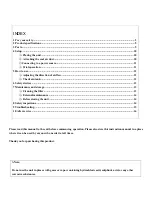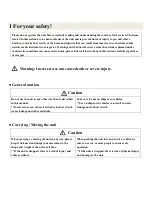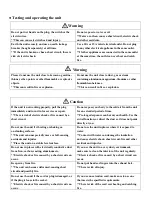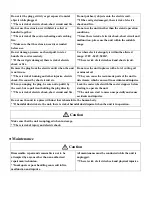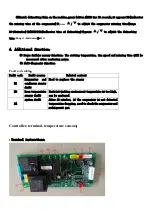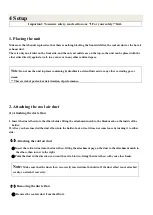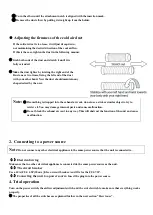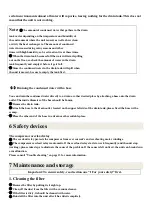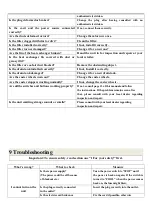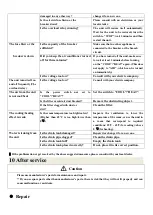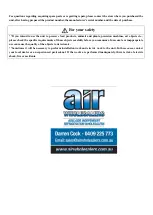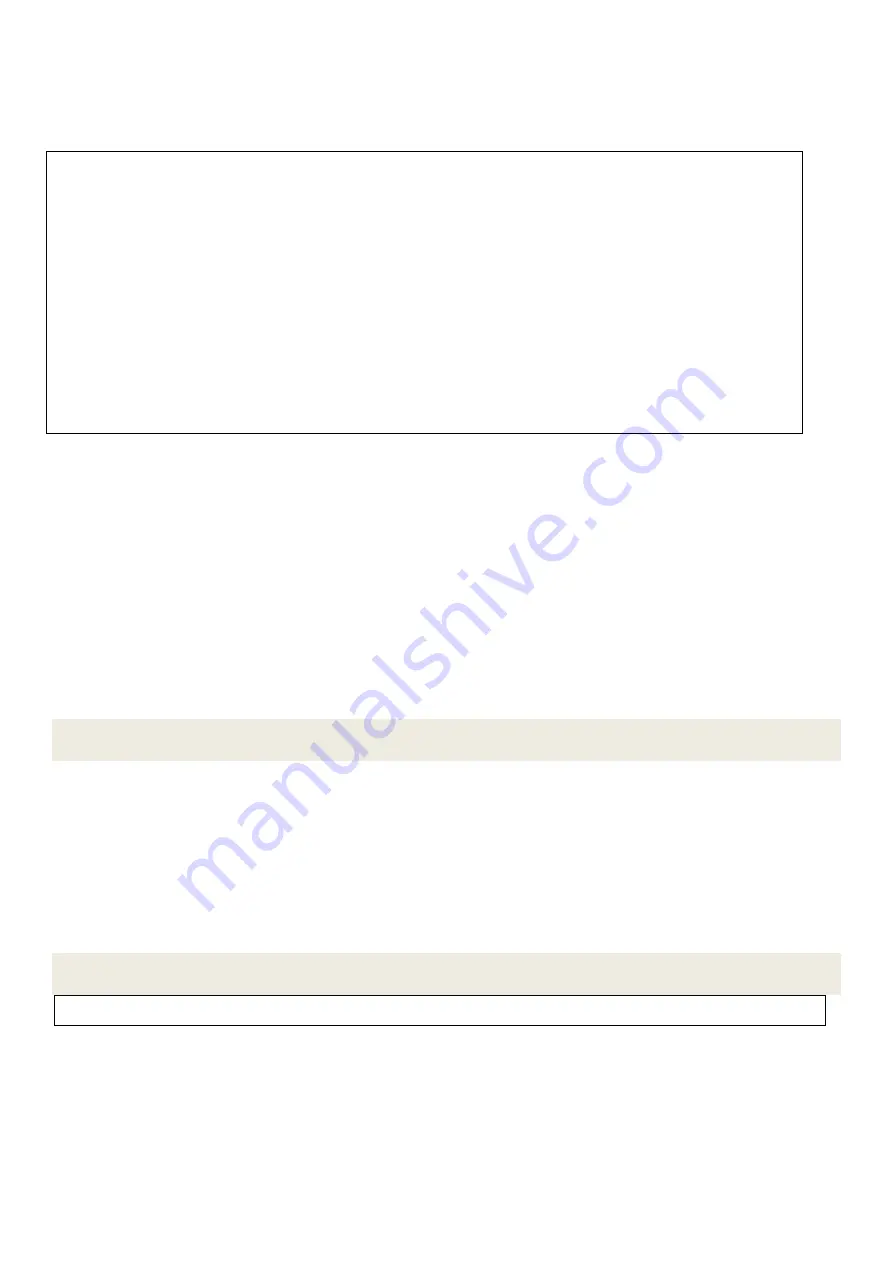
certain environments almost all water will vaporize, leaving nothing for the drain tank. This does not
mean that the unit is not working.
(
2
)
Draining the condensed water with a hose
You can drain the condensed water directly to a drain or other desired place by attaching a hose onto the drain
outlet. The inside diameter of the hose should be 16mm.
①
Remove the drain tank.
②
Attach the hose to the drain outlet, located on the upper left side of the drain tank, please fixed the hose with a
cramp.
③
Place the other end of the hose in a drain or other suitable place.
6 Safety devices
The compressor overload relay
①
The overload relay protects the compressor from over current’s and overheating motor windings.
②
The compressor overload relay is automatic. If the overload relay starts to work frequently (and the unit stop
working), please take steps to eliminate the cause of the problem. If the cause is left unfixed, the unit can break down
or malfunction.
Please consult “Trouble shooting“ on page 13 for more information.
7 Maintenance and storage
Important: To ensure safety, read section one “1 For your safety!” first.
1.
Cleaning the filter
①
Remove the filter by pulling it straight up.
②
Clean off the dust from the filter with a vacuum cleaner.
③
If the filter is dirty, it should be cleaned with water.
④
Reinstall the filter into the unit after it has dried completely.
Note:
①
The amount of condensed water that gathers in the drain
tank varies depending on the temperature and humidity of
the environment where the unit is used, as well as how clean
or dirty the heat exchanger is. The amount of condensed
water increases during rainy seasons and other
times with high humidity, so be extra attentive at these times.
②
When the drain tank becomes full the water will start spilling
out on the floor, so check the amount of water in the drain
tank frequently and empty it before it gets full.
③
Since the condensed water in the drain tank will spill when
the unit is moved, be sure to empty the tank first.


